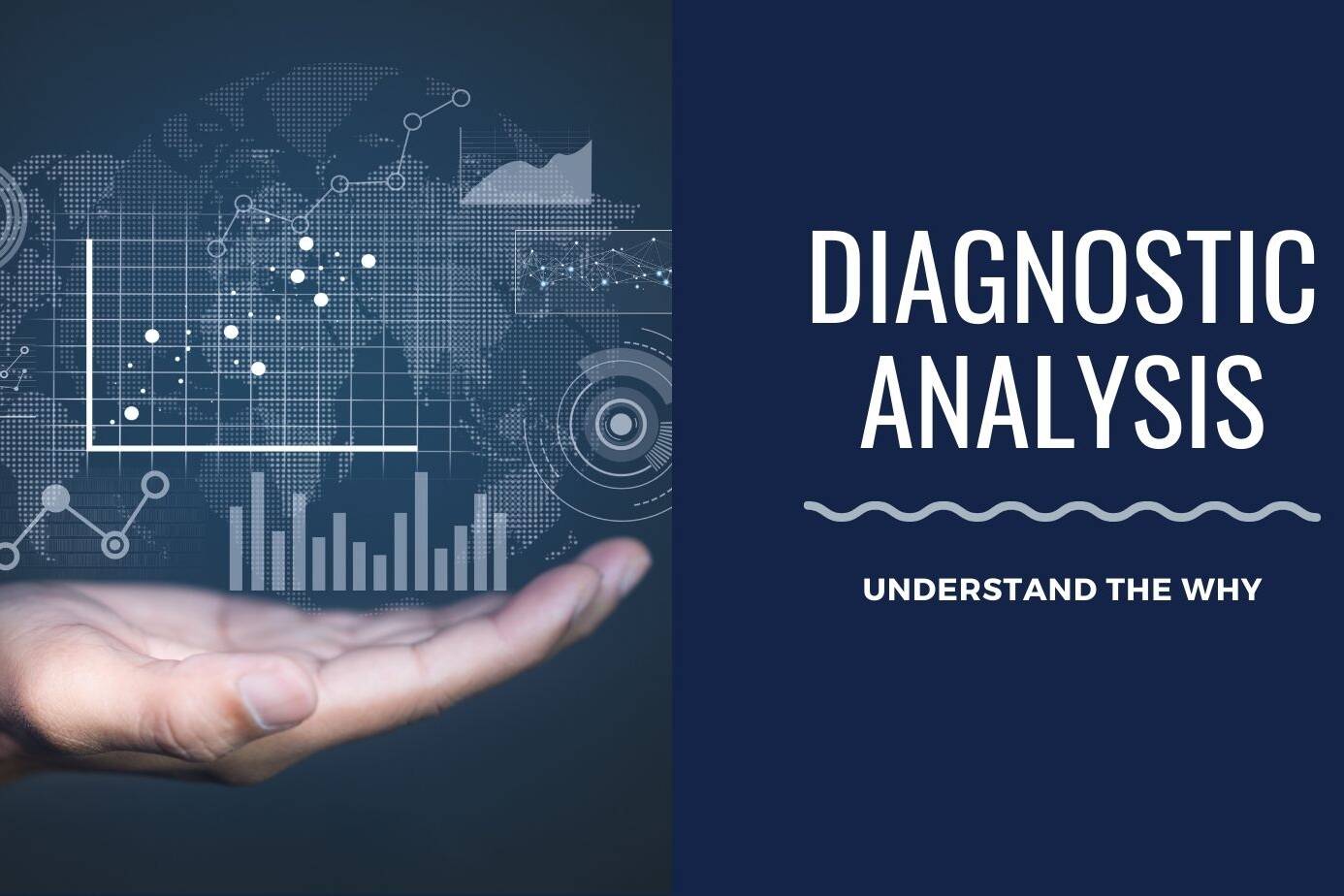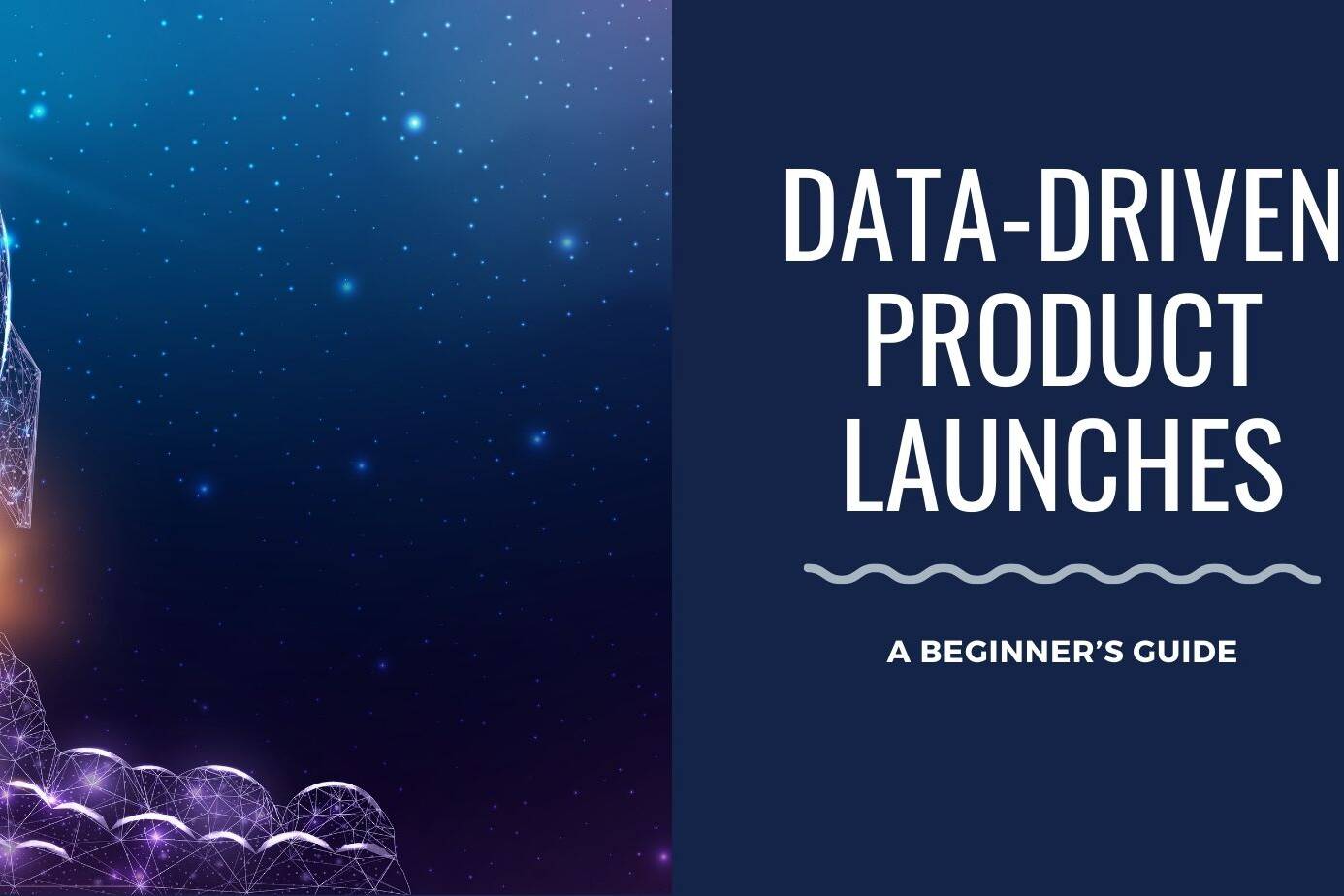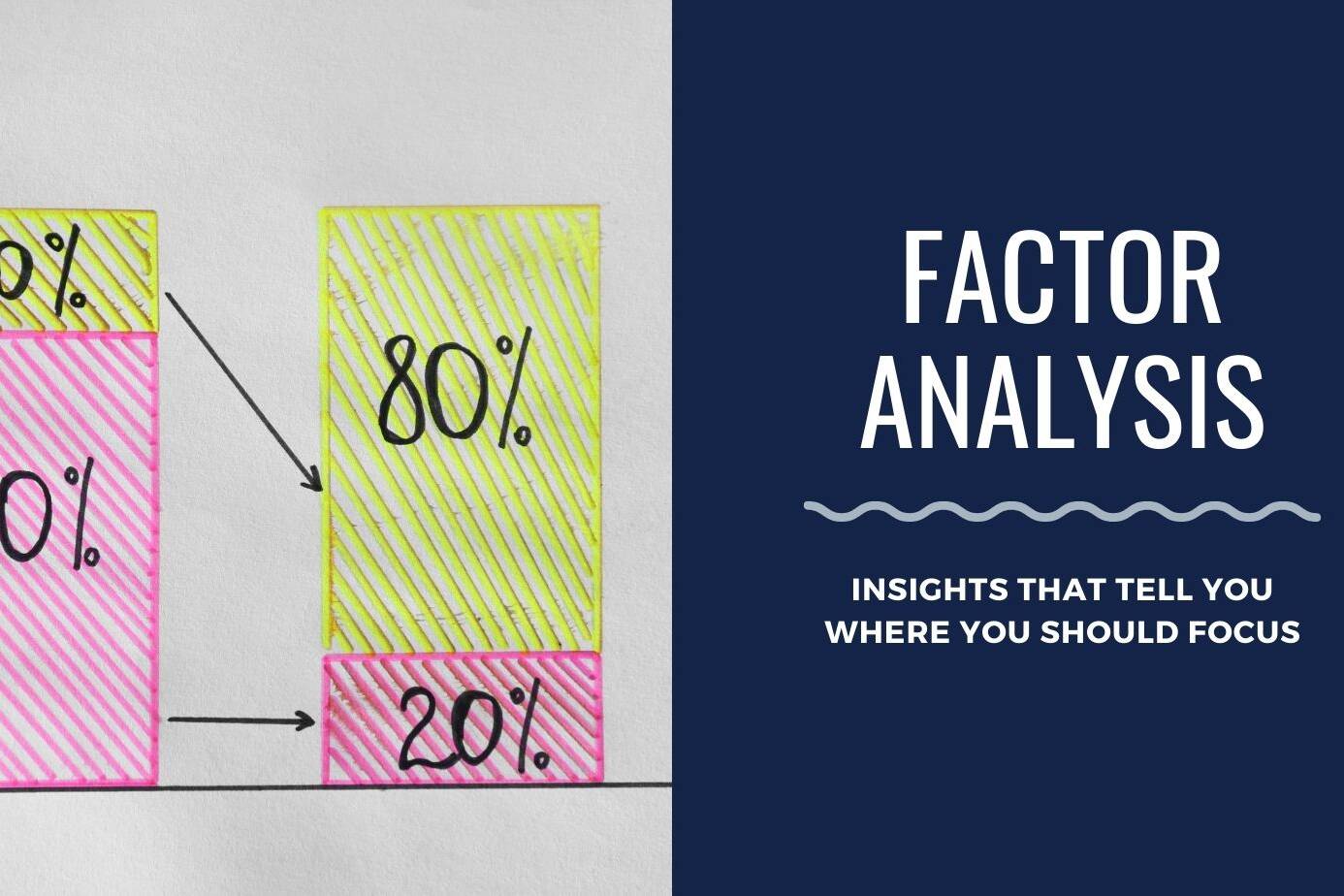Imagine a company that develops an e-commerce platform solution. The company wants to analyze the usage patterns of its software to improve user experience and increase customer satisfaction. In such a scenario, understanding the historical data of user interactions and emerging patterns helps the product teams make effective, impactful decisions. Descriptive analytics is a technique that is valuable in such a scenario.
Table of Contents
ToggleWhat Is Descriptive Analysis?
Descriptive analysis is a statistical technique used to describe and summarize the main features of a dataset. It uses measures such as central tendency, dispersion, and frequency distribution to provide a clear data picture. This type of analysis is essential for understanding the basic characteristics of the data and is often used as a preliminary step before more advanced statistical techniques are applied. Descriptive analysis is used as a complementary technique with factor analysis to get a wholesome picture that your data paints.
Other Analytics Approaches
While descriptive analytics deals with uncovering valuable insights from historical data by describing key characteristics and trends emerging from that, it will be beneficial to understand other approaches as well; primarily, there are predictive analytics, prescriptive analytics, and diagnostic analytics approaches that complement descriptive analytics to provide a wholesome foundation for your data-informed product decisions.
Benefits of Descriptive Analytics
Descriptive analytics offers several benefits in analyzing complex data. One advantage is its ability to present data in an easily digestible format, allowing users to grasp key insights quickly without getting lost in the details. This clarity makes it particularly useful for decision-making and communication within an organization. Additionally, descriptive analytics provides a direct measure of critical data points, enabling users to understand the current state of a business or project at a glance.
Another advantage of descriptive analytics is the speed at which it can be carried out, especially with tools like Python or MS Excel. These tools allow for efficient data processing and visualization, making analyzing and interpreting extensive data sets easier.
However, a drawback of the descriptive analytics approach is that it may need to be more concise and overlook important underlying patterns or relationships. It also does not provide insights into causality or predictive trends, limiting its utility for future planning. In conclusion, while descriptive analytics offers many benefits, it is essential to acknowledge its limitations and combine it with other analytical methods to understand data comprehensively.
How Do You Use Descriptive Analysis For Product Decisions?
Descriptive analysis plays a crucial role in product analytics by clearly understanding historical data and helping businesses make data-driven decisions. Here’s an example of how you can use descriptive analysis for product analytics:
1. Understanding User Behavior: Descriptive analytics can analyze user interactions within the software. This understanding includes tracking the features frequently used, users’ average time on the platform, and common paths users take while navigating the interface. Using techniques like cohort analysis, the company can group users based on signup dates and analyze how different cohorts engage with the product over time.
2. Identifying Popular Features: Descriptive analytics helps identify which features are popular among users. By analyzing user data, the company can determine which features are frequently accessed, liked, or shared. Understanding feature popularity can guide the product development team to focus on enhancing or optimizing these features further.
3. Analyzing User Demographics: Descriptive analytics can provide insights into the demographics of the user base, such as age, location, industry, and company size. This information is valuable for tailoring marketing strategies and product features to specific customer segments.
4. Monitoring User Engagement: Descriptive analytics can track user engagement metrics such as daily active users (DAU), monthly active users (MAU), and user retention rates. The company can identify trends and patterns by monitoring these metrics over time, allowing them to take proactive measures to improve user engagement and retention.
5. Analyzing Customer Support Interactions: By analyzing customer support data, such as types of issues reported, resolution times, and customer feedback, the company can gain insights into common pain points experienced by users. This information can influence product improvements and updates, improving user experience.
6. Identifying User Drop-Off Points: Descriptive analytics can help identify user journeys where users commonly drop off or abandon the platform. By pinpointing these areas, the company can focus on optimizing those particular features or processes to prevent user churn.
7. Tracking Key Performance Indicators (KPIs): Descriptive analytics is crucial for tracking conversion rates, average order value, and customer lifetime value. The company can make informed decisions to optimize the product and marketing strategies to drive revenue growth by understanding these metrics in-depth.
In summary, descriptive analysis in product analytics provides a comprehensive view of user behavior, feature usage, and overall product performance. By leveraging these insights, businesses can make data-driven decisions, enhance user experience, and ultimately increase customer satisfaction and loyalty.
Descriptive analytics is a powerful tool that can help you make data-driven decisions for your products. Discover how to effectively use descriptive analysis to gain valuable insights and improve your product decision-making process.



